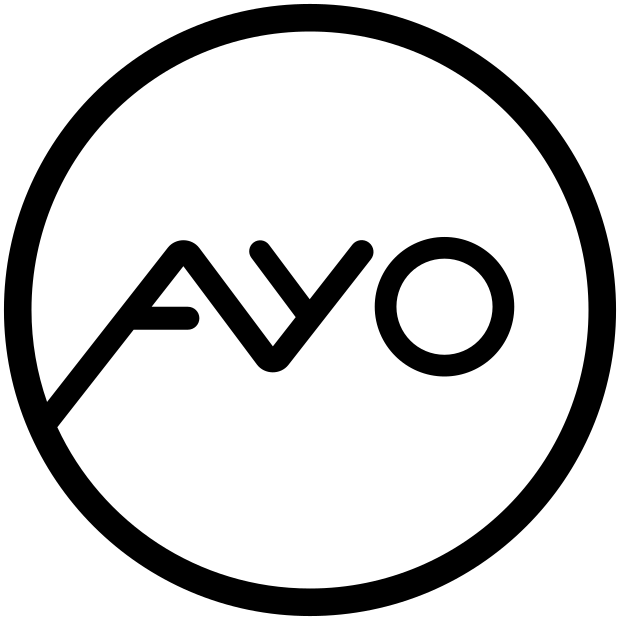The $100 Billion Dollar Question: How Do We Fix Music Data?

It’s time to restate the obvious: the music industry needs a global registry of verified copyright ownership data. If a unified and shared data layer of music ownership existed, it would unlock massive opportunities and growth for the whole music industry. However, many now believe this can never be done – likely due to the failure of the Global Repertoire Database in 2014.
Many companies have legitimate reasons for maintaining their own data siloes, but in our experience, it’s actually mainly because of lack of resources, knowledge, and incentives. The time has come for us to address these issues and move toward a solution rather than staying stuck in the past.
First, let’s take a look at where we are. According to Will Page’s latest Global Value of Music Copyright report at Pivotal Economics, which includes both recording and publishing income, the music business generated $45.5 billion USD in 2023. Assuming the average industry growth rate of 9% held last year, we’re looking at nearly $50 billion USD for the entire worldwide music industry in 2024. You know who else generates $50 billion USD in a single year? Companies like American Airlines, HP, Oracle, and Nike – and not together, but separately. So why is music, as a global industry, making so comparatively little when it is in everyone’s ears all the time – from the daily commute, to the clothing store, to the café, to the nightclub, and in your favorite video games? One of the main reasons is inaccurate and inaccessible data.
How can bad data lead to that much lost revenue opportunity? In the words of Erik Gilbert, President of Duchamp, Inc. and Co-Owner & Director of Entertainment at Intelligence Ltd., “Data only has value if it’s shared.”
Let’s expand on that. There are a couple of different ways music can make money, chiefly by being consumed, performed, or licensed. If we focus on just radio performances, we know that when a song is played on the radio, a performing rights organization (PRO) collects performance royalties from the station. Another organization, a collective management organization (CMO), collects neighboring rights royalties from the station in many countries. To pay the rightful royalties to the actual copyright owners and royalty recipients – including artists, songwriters, producers, and performers, as well as record labels and music publishers – these collecting societies rely on registrations that spell out who owns what. DSPs like Spotify, Apple Music, and YouTube also rely on them, as do thousands of other services, both digital and analog.
The problem is that these registrations are often missing, incorrect, or in dispute. Globally speaking, they also don’t travel well. There are roughly 300 PROs and 100 CMOs in the world. Some countries have only one while others have up to eight. Across these organizations, there are billions of individual copyright registrations. But these registrations are often local and don’t exist in all the countries where the music is being consumed, performed, and licensed. Another factor is the actual nature of PROs and CMOs. In many countries, they are not-for-profit entities owned by their members. They are not technology companies, and they often lack the resources to invest in building the required infrastructure for unlocking the music data opportunity.
Now let’s say a complete, verified global registry of copyright ownership data existed. Let’s also say it provided an API for PROs and CMOs, along with the rest of the music industry, to access it, and for the next generation to build on it and from it. We estimate that an additional several billion dollars USD could then be paid to rightful copyright owners every year – including your favorite artists, songwriters, producers, and performers. This includes both a boost in correctly matched royalties and the fact that such a database would significantly speed up the licensing process for sampling and sync usages in movies, TV, commercials, video games, and more – leading to more deals and more revenue. We could also meaningfully address the AI issue by providing companies with opt-in access to music copyright ownership data, enabling them to ethically train their models and generating significantly larger potential revenue.
The alternative, to continue the current practice of decentralized and therefore partial pools of data with significant errors and inconsistencies, will continue holding back the full commercial potential of music copyrights – and in extension the potential of the global music industry.
So how do we get there? At AYO Music Group, we’ve created a tool called Gapfinder that identifies errors and gaps in publishing work registrations with global PROs. It currently includes verified data on over 57 million compositions and 210 million unique work registrations across 300 international PROs, as well as The MLC and other pay sources. Using this information, Gapfinder can help surface issues such as duplicate registrations, missing registrations, multiple ISWC codes, and visible disputes – errors that collectively cause copyright owners to lose billions of dollars of royalty income every year.
While this tool started out for internal use only, we are now offering Gapfinder services to select clients in an effort to share this data and give it value. We encourage others to join in this collaborative spirit and begin sharing their data more freely with others in the industry. It’s a small start, and it might take awhile to get to where we need to be, but gradual progress over time is the only way to achieve anything worthwhile. And making music a $100 billion business sure sounds like a worthwhile goal to us!


